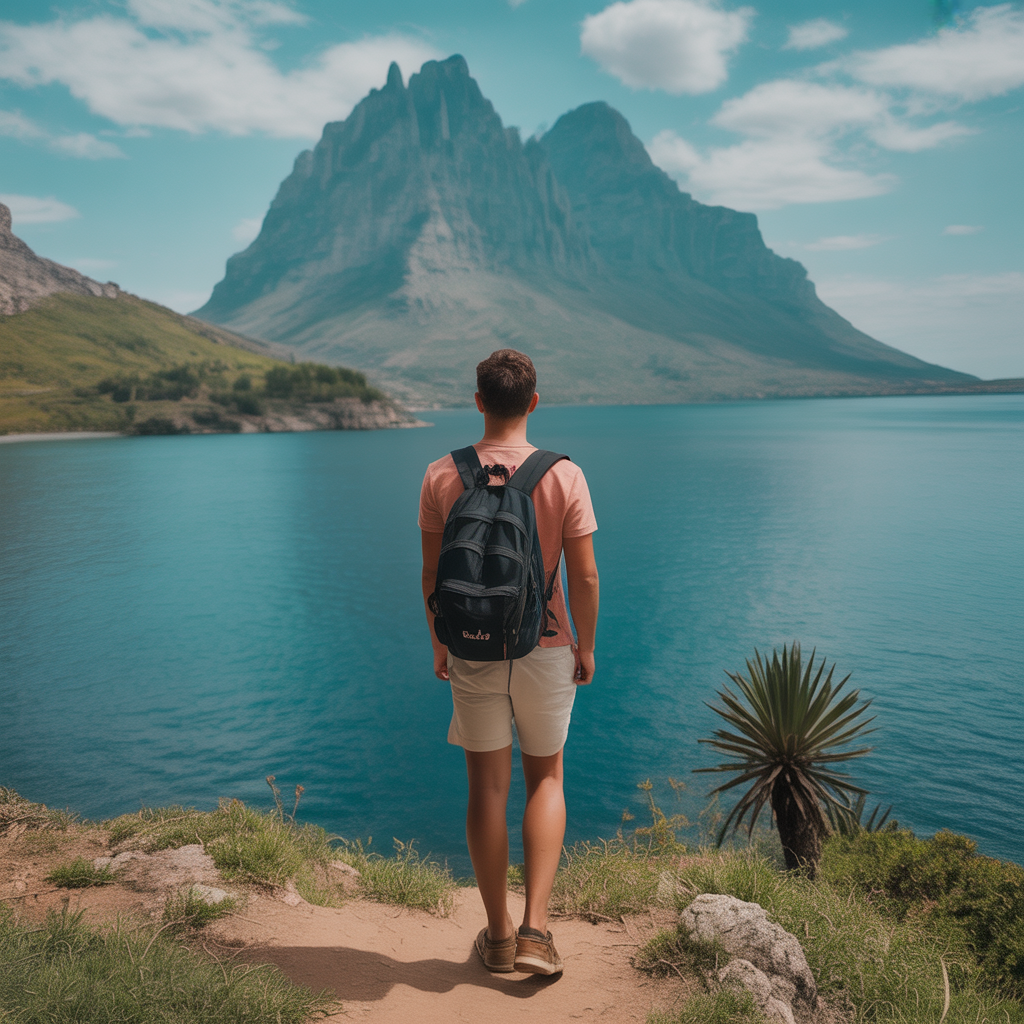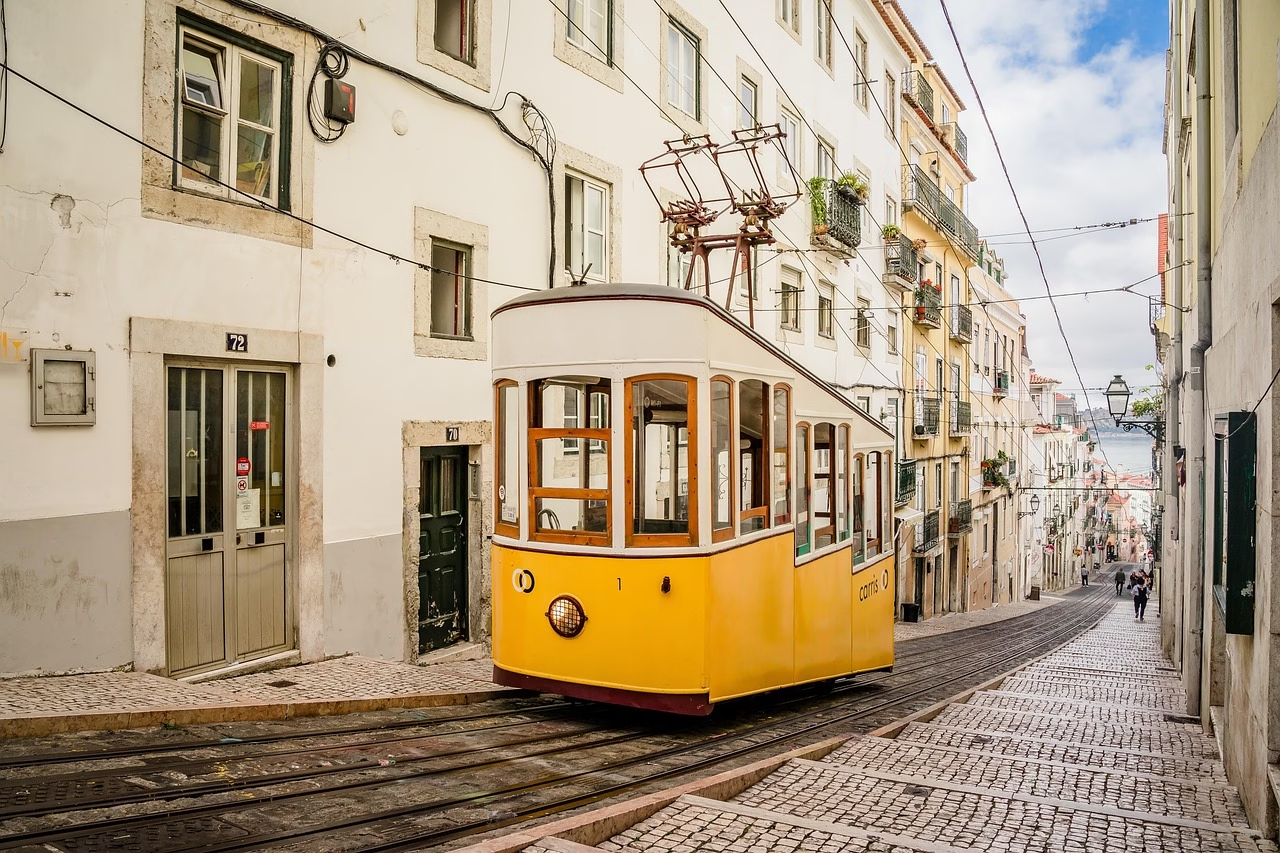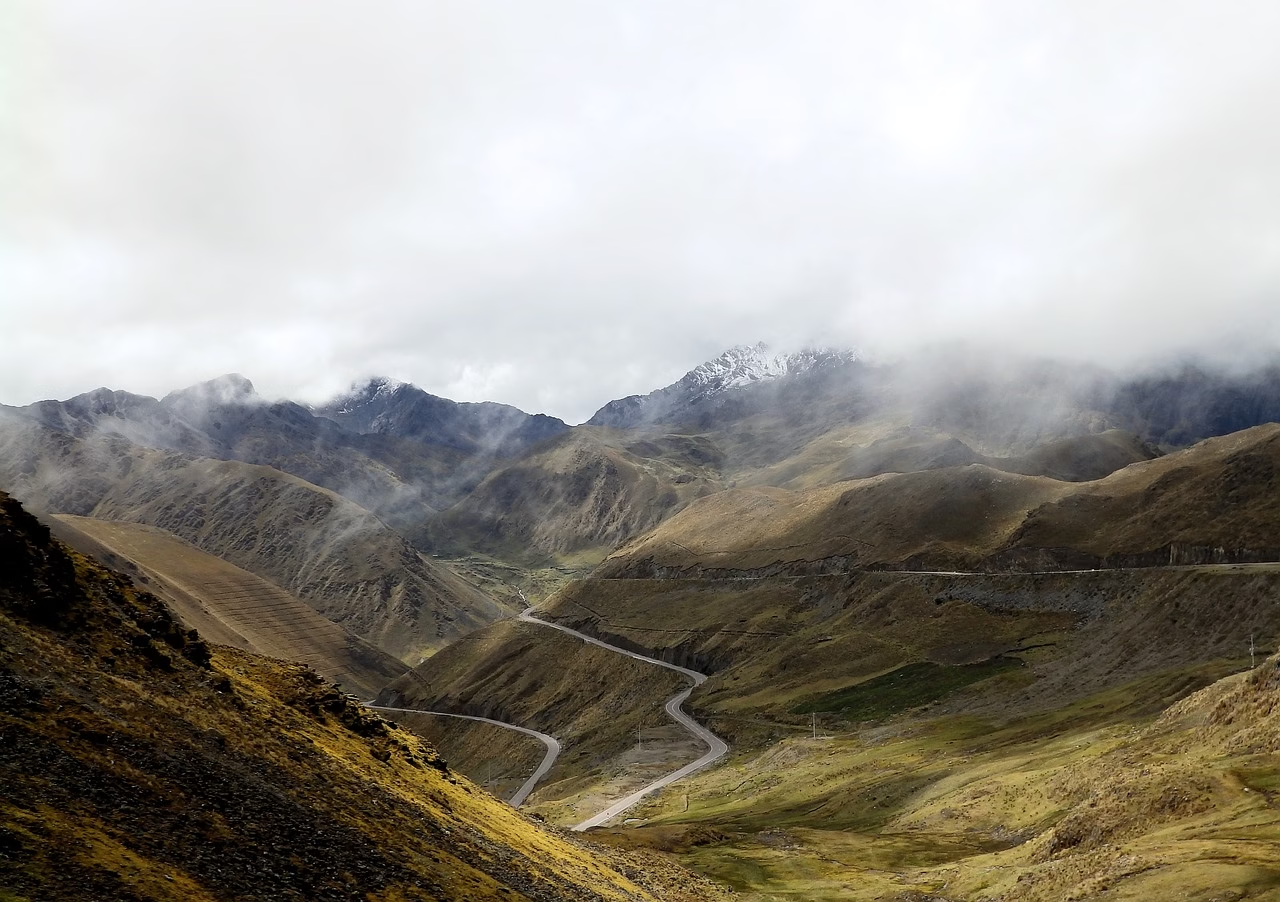Scorching Europe: Heatwave Closes Eiffel Tower and Sparks Re
July 5, 2025 | by Marco Santiago

When Paris Sizzles, Travelers Chill — My Front-Row Seat to Europe’s Heatwave and the Rise of the Coolcation
The Sizzle in the City of Light
The heat hit me first as a smell: hot iron and caramelized chestnuts mingling over the Champ-de-Mars. It was the last day of June, and Paris felt less like La Belle Époque and more like a blow-torch demo. Digital billboards blinked 41 °C over Avenue de la Bourdonnais as tourists fanned themselves with dinner menus. Weather alerts across France had already climbed to their maximum red level, part of a continental heat dome that would rewrite temperature records from Lisbon to Warsaw (The Guardian, The Washington Post).
Paris has known heat before, but 2025’s wave carried a different menace—longer, hotter, and fused to the anxiety of a warming planet. My water bottle sweated as hard as I did, and the Seine looked too sluggish even for the barges.
When an Icon Says “Non”
By mid-afternoon, a ripple of groans spread through the queue below the Eiffel Tower: “La sommet est fermé.” The summit—the celebrated top floor—was closed “to ensure everyone’s comfort and safety,” the operator announced. Heat sensors had crossed thresholds that would turn the iron lattice into a skillet. Visitors without pre-purchased tickets were politely asked to come back after the heat subsided (The Washington Post, DW News).
I watched honeymooners fold their plans like wilted orchids while children from three continents wept in half a dozen languages. The closure felt symbolic: if the Eiffel Tower, engineered for celebration, must retreat, then surely something seismic is shifting beneath Europe’s summer rituals.
The Birth of the Coolcation Dream
It isn’t just infrastructure that’s blinking red—search engines are too. Google searches for “cooler holidays” soared 300 % last year, a crescendo that travel boards from Reykjavík to Rovaniemi now track like gospel (Euronews). In March, travel-insurance marketplace Squaremouth stamped the trend with data: policies for Iceland trips jumped by 30 % year-over-year, Norway by 27 %, Scotland by 21 % (GlobeNewswire). Luxury agencies echo the chorus; Virtuoso tallied an 89 % bump for Norway alone (CNBC).
Suddenly “summer” is no longer synonymous with sun-drenched piazzas. It might mean kayaks beneath the midnight sun, wool blankets on a Scottish loch, or walking Reykjavík’s harbor in a light parka while Italy bakes south of the Alps.
“The days of the classic Med beach holiday in July and August feel numbered,” one adventure-travel CEO told me between calls. I could almost hear glaciers clinking in his optimism (CNBC).
Heatwave Epiphany: My Own Pivot North
That night, sweating in a Marais attic with a single oscillating fan, I did what millions were doing: fired up a browser and typed “cheap flights to Iceland.” Prices have fallen—partly because airlines scramble to fill cooler seats while the Mediterranean overflows. A saga-ring road trip replaced my original plan for Provence. The map on my wall flipped upside-down; fjords trumped vineyards.
I’m not alone. Airbnb has logged double-digit spikes for summer stays in Tromsø and Anchorage (Travel and Tour World). Even British holidaymakers, historically sun-hungry, are pushing searches for Northern Spain’s misty Santander (+28 %) and Rouen’s Normandy cafés (+47 %) (National World). Europe’s travel narrative is tilting northward like a compass correcting for magnetic storm.
Crafting Your Own Cool Escape
1. Read the Thermometer, not the Calendar. July 20 used to guarantee beach weather; now it can deliver wildfires. Plan by expected climate, not tradition.
2. Target Latitude & Altitude. Northern coasts, Alpine valleys, and high-country lakes offer built-in air-conditioning. Think Ålesund, Alberta’s Icefields Parkway, or Slovenia’s Julian Alps.
3. Book Earlier, Stay Longer. Coolcation inventory is finite—cabins in Lapland or lodges on Skye disappear months out. Stretch stays to reduce transport emissions and deepen immersion.
4. Pack for Versatility. Merino layers trump linen when evenings drop to single digits. Sunscreen still matters; the midnight sun can be mischievous.
5. Leave Room for Serendipity. A salmon bake with Sámi hosts or an impromptu dip in a geothermal river might outshine any lost afternoon on an overcrowded Mediterranean beach.
What the Eiffel Tower Taught Me
The tower’s temporary retreat is a meteorological love letter: an invitation to rethink where wonder lives. Europe’s cultural heartlands will always captivate, but their seasons are shifting like tectonic plates. The romance of travel, I’ve learned, is not about chasing heat—it’s about chasing possibility. Today that possibility is drifting north on cool winds, carrying the scent of pine and glacial melt.
I’ll meet you there—beneath skies that blush, not blister.

RELATED POSTS
View all




